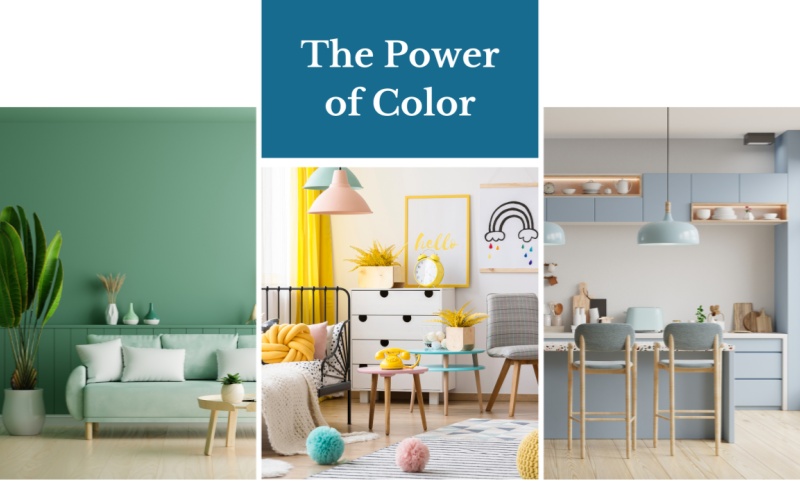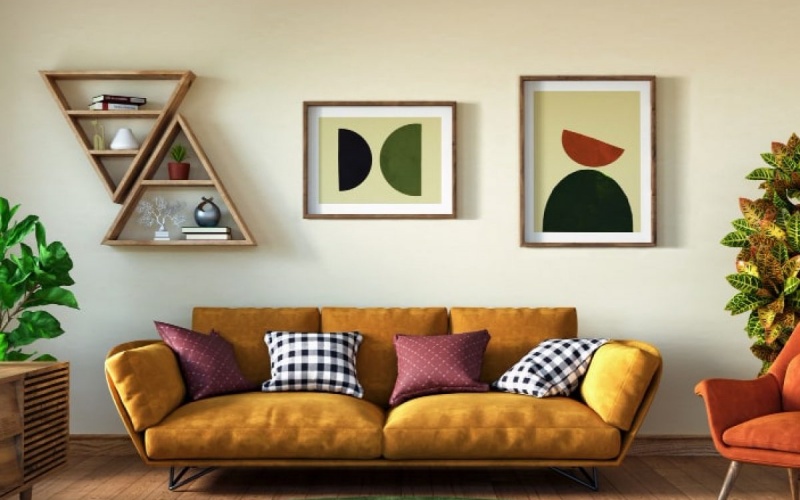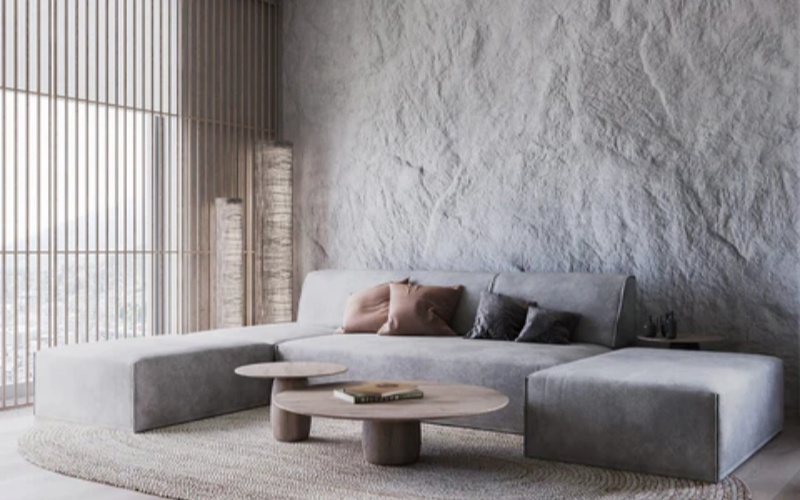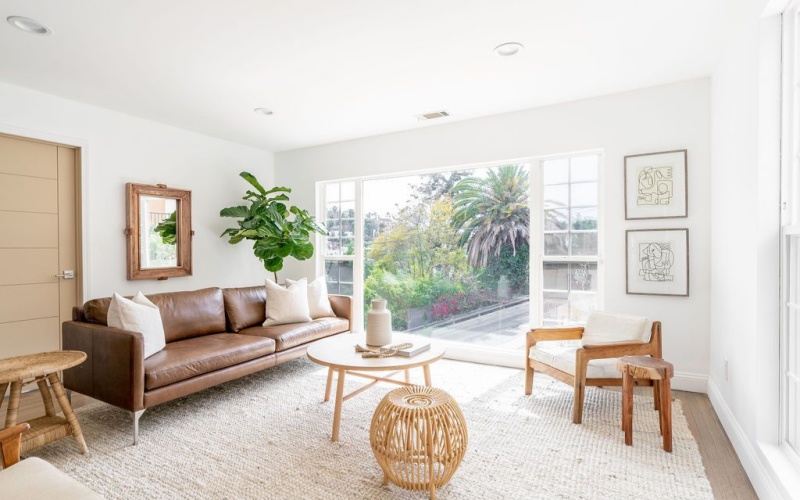1. Understanding Color Psychology: Different colors evoke different emotions. For example, blues and greens are often associated with calmness and tranquility, making them ideal for bedrooms and bathrooms. In contrast, yellows and oranges can create a sense of warmth and energy, perfect for kitchens and living areas. Consider the mood you want to evoke in each room.
2. Creating a Color Palette: Establishing a cohesive color palette is essential for a harmonious look. Choose a primary color for walls and larger furniture pieces, then select complementary colors for accents like cushions, artwork, and decor items. A well-thought-out palette can create a seamless flow throughout your home.

3. Accent Walls: If you’re hesitant to commit to a bold color for an entire room, consider creating an accent wall. This allows you to experiment with vibrant hues or patterns without overwhelming the space. Use wallpaper, paint, or even a gallery of framed art to add interest and depth.
4. Natural Light and Color: The amount of natural light a room receives can significantly affect how colors appear. Bright, sunlit spaces can handle bolder colors, while darker rooms may benefit from lighter shades to create an illusion of openness. Always test paint samples in different lighting conditions before making a final decision.

5. Seasonal Changes: Don’t hesitate to refresh your decor with the seasons. Swap out throw pillows, curtains, or artwork to reflect seasonal colors and trends. This keeps your home feeling dynamic and inviting throughout the year.
In conclusion, color plays a crucial role in home decor. By understanding color psychology, creating a cohesive palette, and considering natural light, you can transform your space into a reflection of your personality and style.





